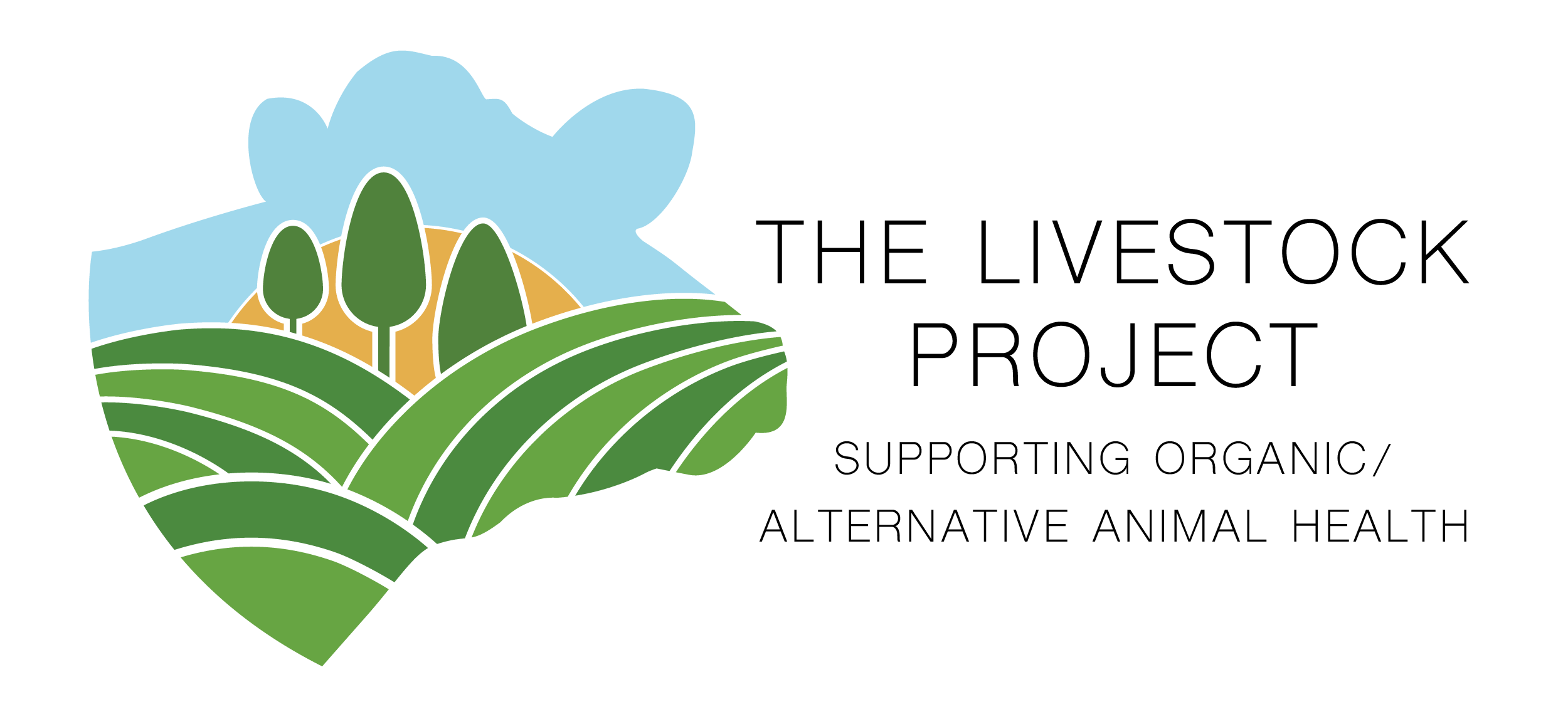
Learning objectives
- Explain the perspectives of veterinarians and farmers related to organic and alternative (O/A) agriculture
- Describe the various roles of veterinarians on O/A farms
- Recognize the benefits of adding O/A clients to veterinary practices
- Describe potential marketing and outreach efforts to gain new O/A clients
- Identify leadership styles that may help grow practice management and O/A business
This chapter has been designed to help veterinarians add new organic and alternative (O/A) clients into their practices and better engage with existing clients, farmers, and ranchers. This chapter covers reasons to engage with these farmers, addresses their unique needs, and offers suggestions for how to do it successfully. An overview of this topic and other aspects of working with organic and alternative livestock producers is available in the first chapter of this series. Additional chapters in this series cover communication, rules and regulations, prevention, treatments, and practices.
Introduction
Veterinary schools focus on teaching students how to diagnose, treat, and manage animal health problems. When students graduate and enter the workforce, they must adapt those skills to their workplace. Being successful at their jobs and fulfilling their oath as a veterinarian goes beyond the animal directly in front of them and is a large responsibility in and of itself. The learning curve for working with O/A farms may be even steeper, considering most veterinary schools do not have a dedicated curriculum for teaching O/A practices, treatments, and management. This course will help fill those gaps.
Whether you are a practice owner, an associate, or a consultant, expanding your practice management knowledge with O/A clients will benefit your practice, career, and community. As a prosperous and expanding market, O/A farms offer an area of practice expansion that may be considered niche but may quickly grow into a highly sought-after skill set and specialty for veterinarians, veterinary technicians, and veterinary practices. This can create a competitive edge for your resume and your practice’s appeal.
Practice management is a broad term encompassing everything from record keeping, product purchasing, employee scheduling, marketing, accounting, waste disposal, licensure, workplace safety, and more. While this arena may call to some, it probably wasn’t a reason most veterinarians chose to go into veterinary medicine. Regardless of individual interests, practice management impacts the ability to practice veterinary medicine as it directly affects the health of the veterinary establishment and, thus, the ability to help animals.
This chapter will review aspects of practice management focusing on working with O/A clients. At the end of the chapter, there are links and references to additional resources. The goal is to provide you with knowledge and skills to get your foot in the door to better incorporate these clients and animals into your practice.

